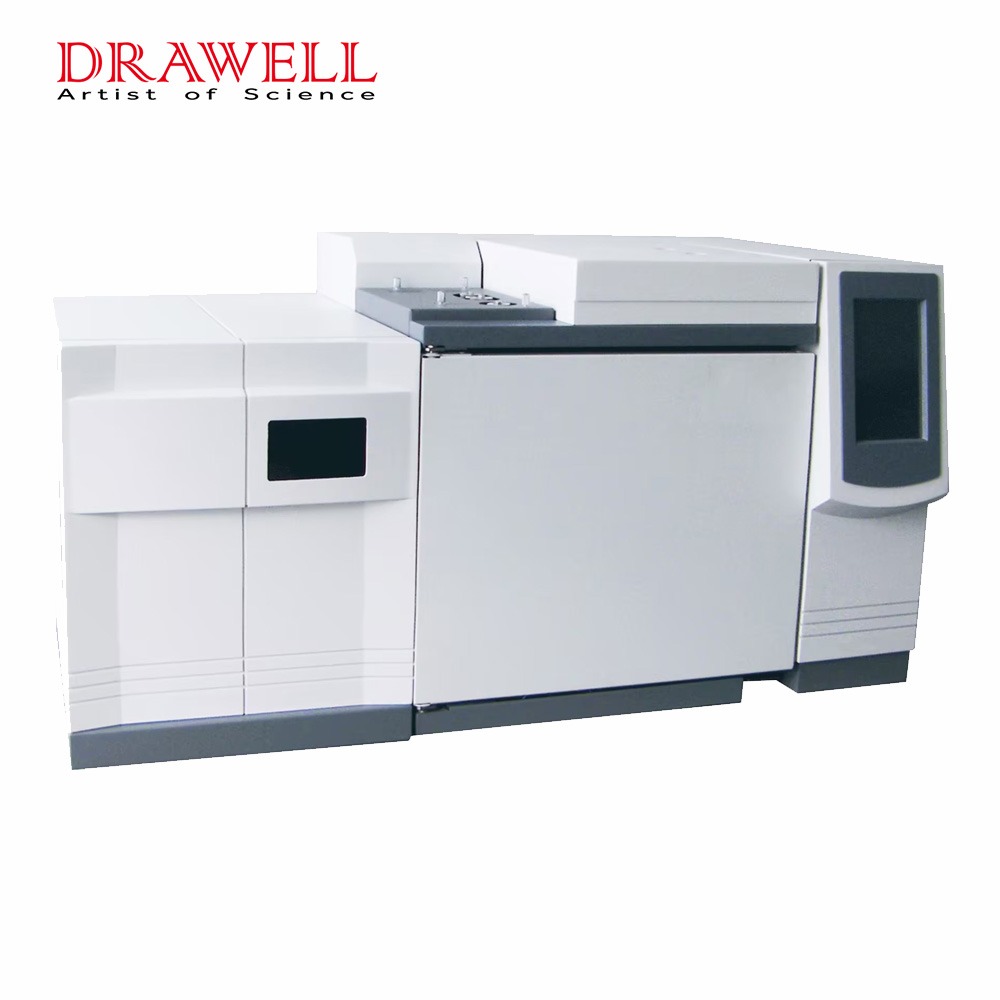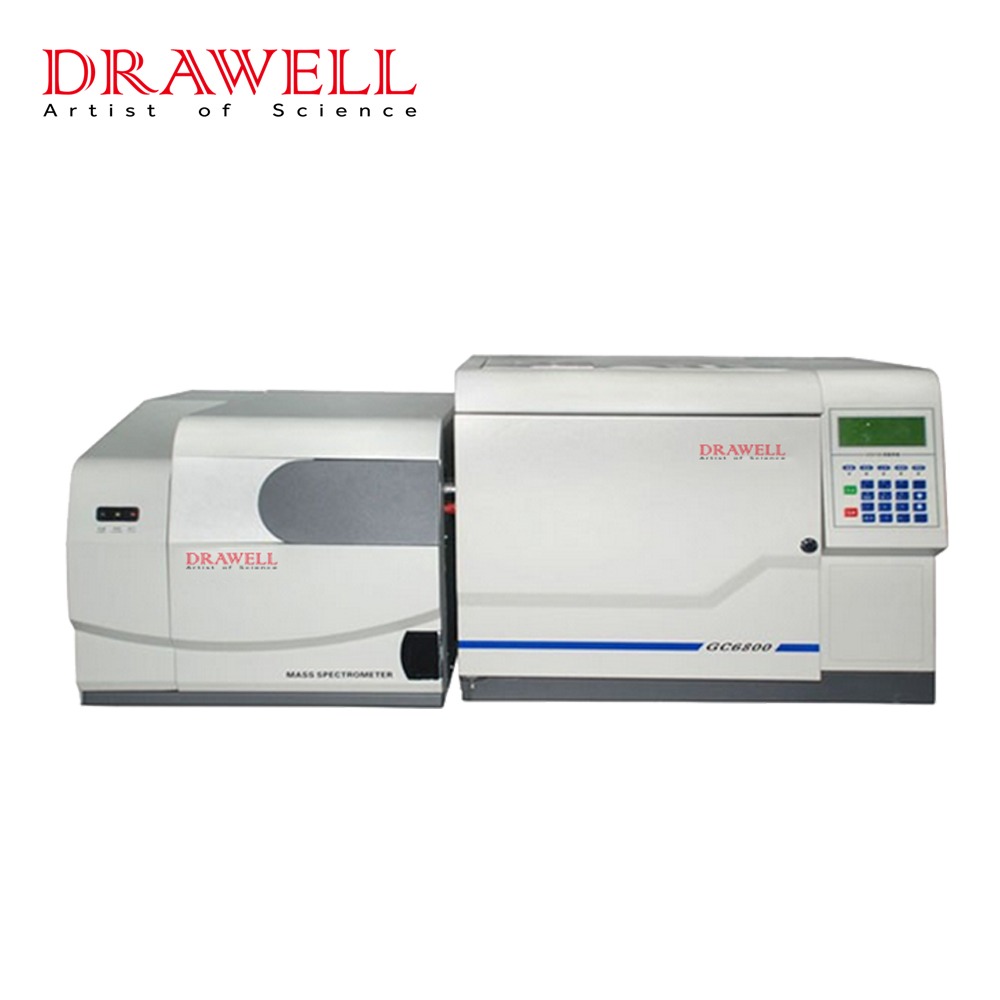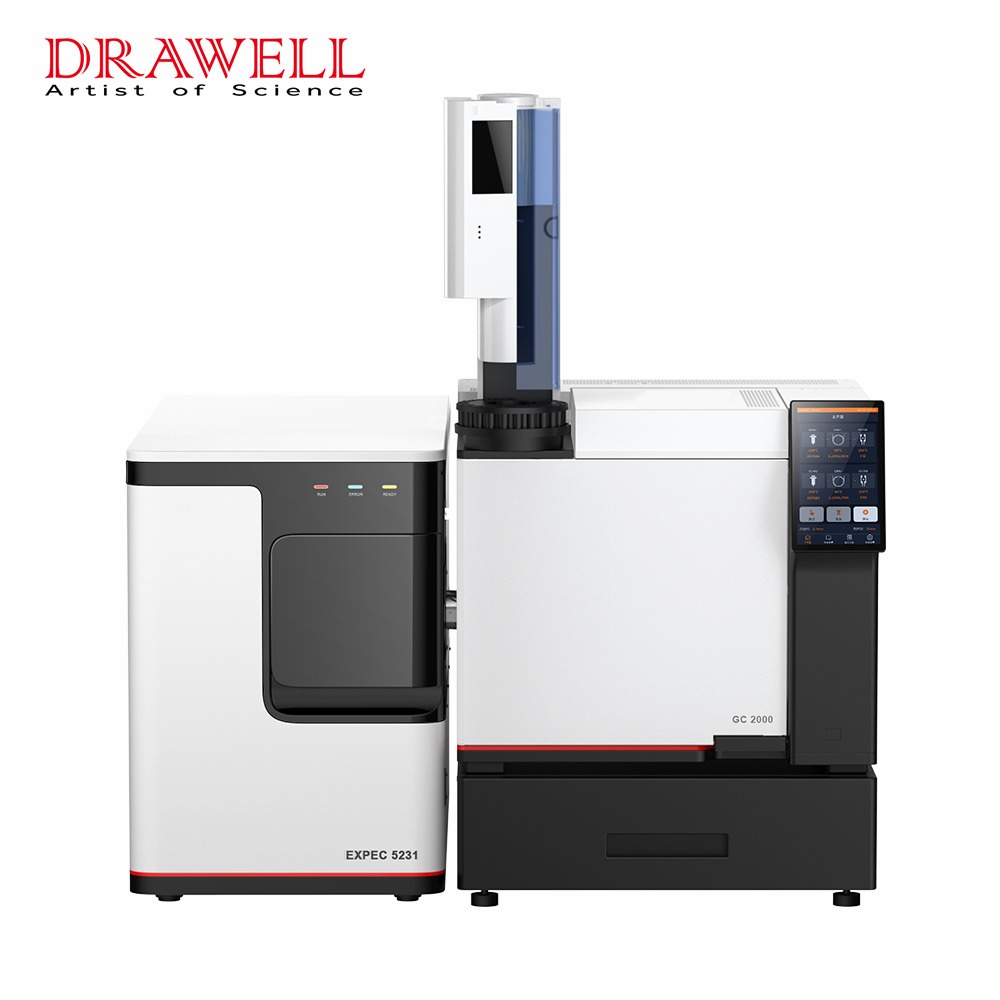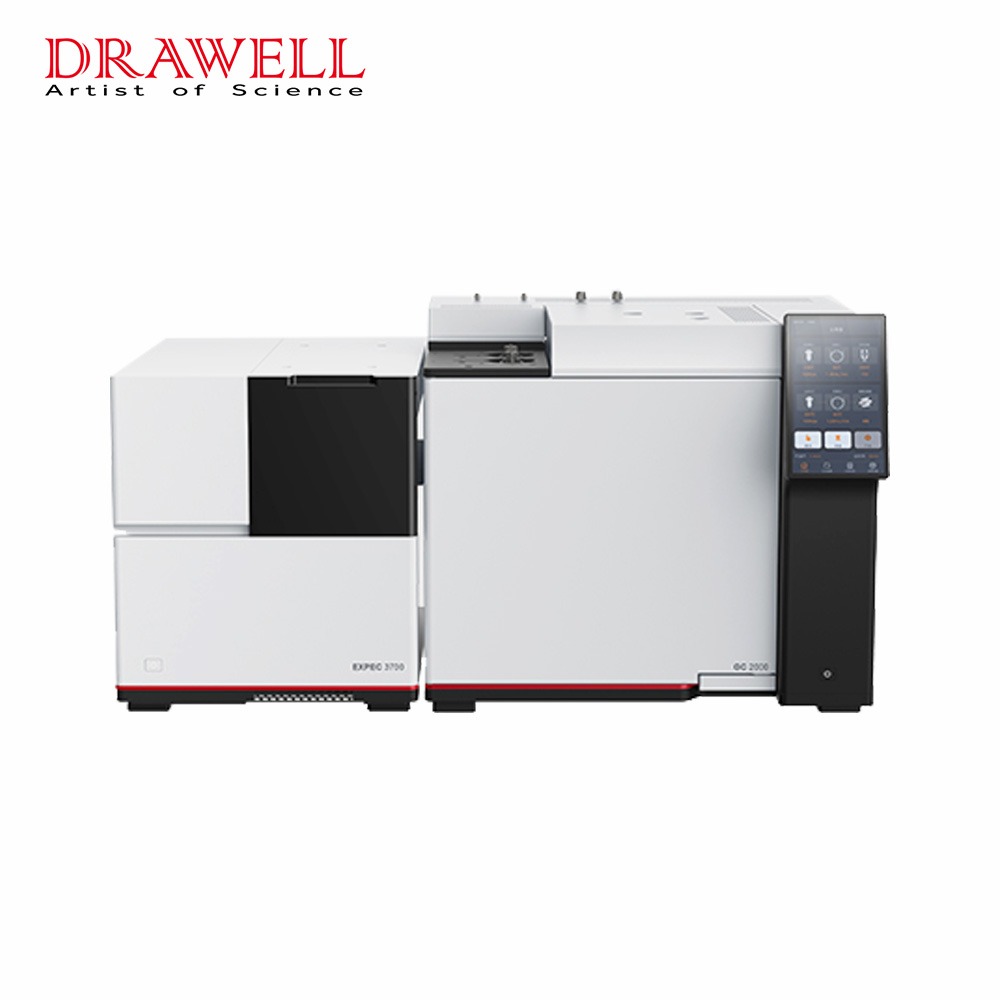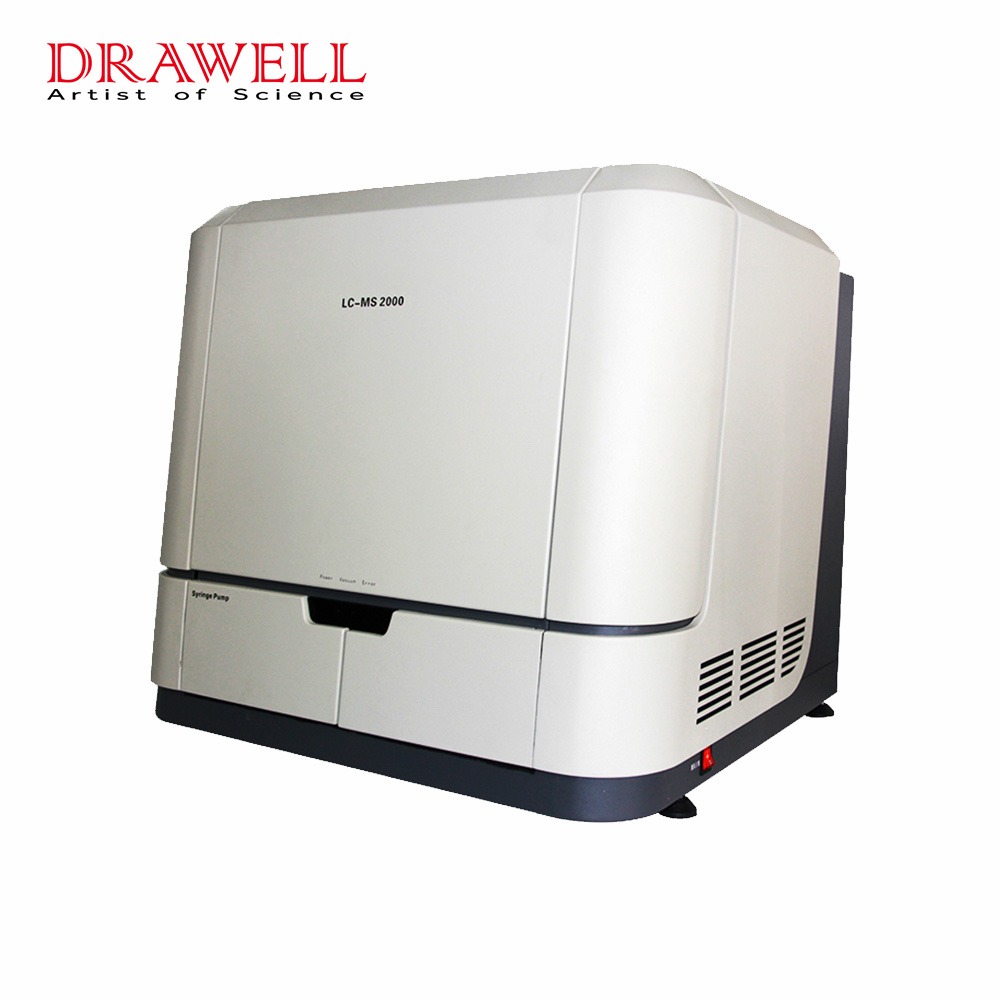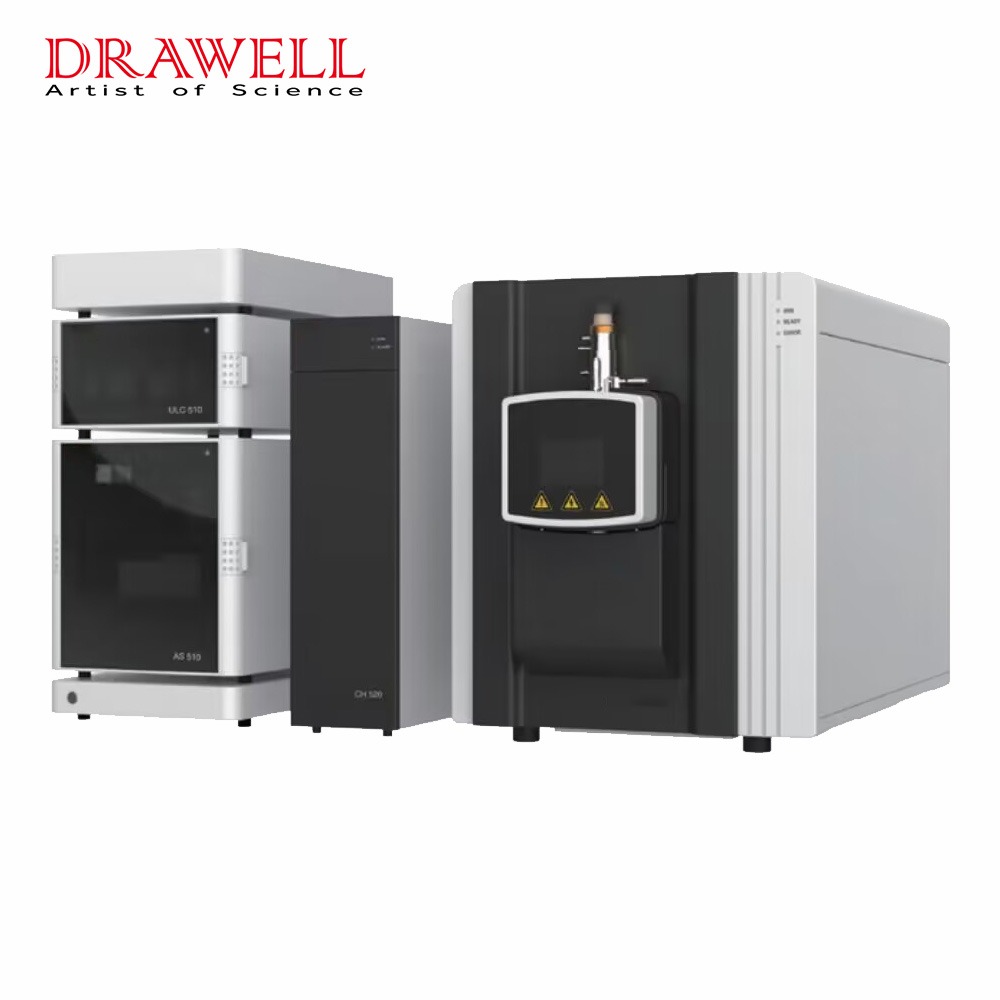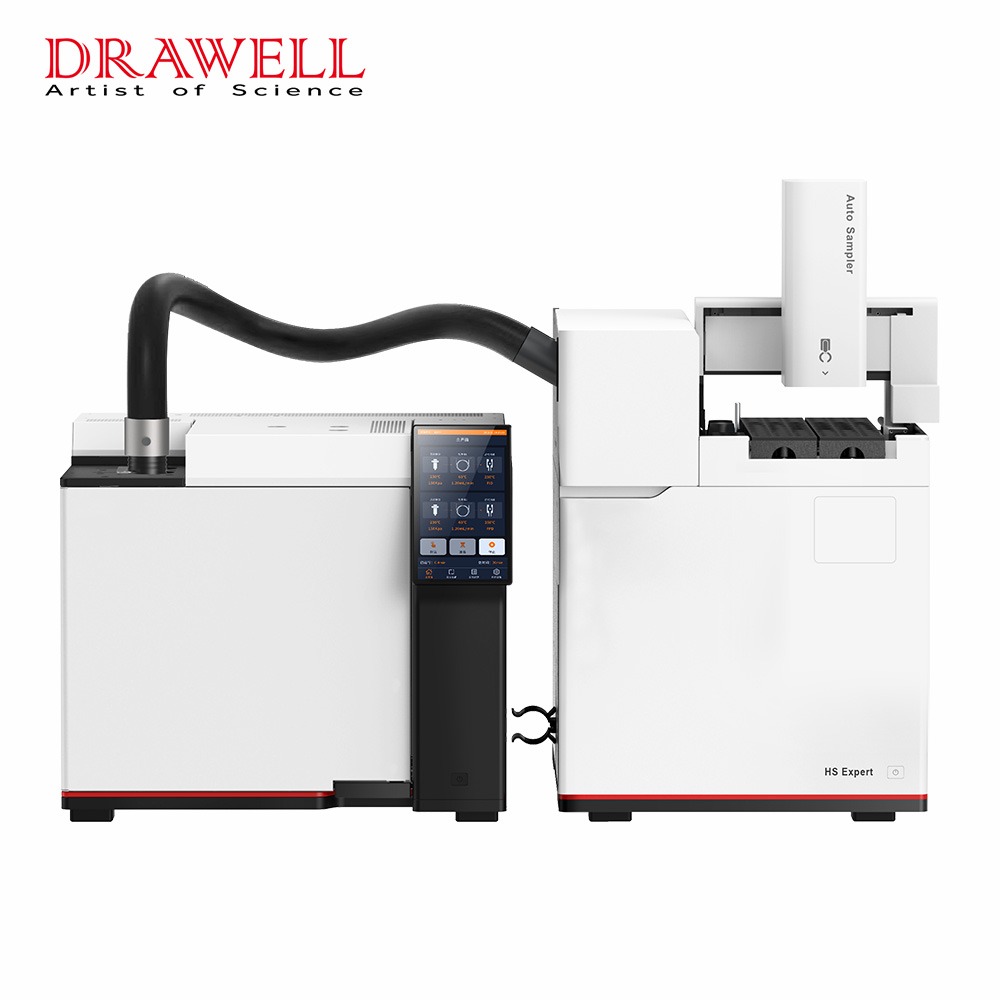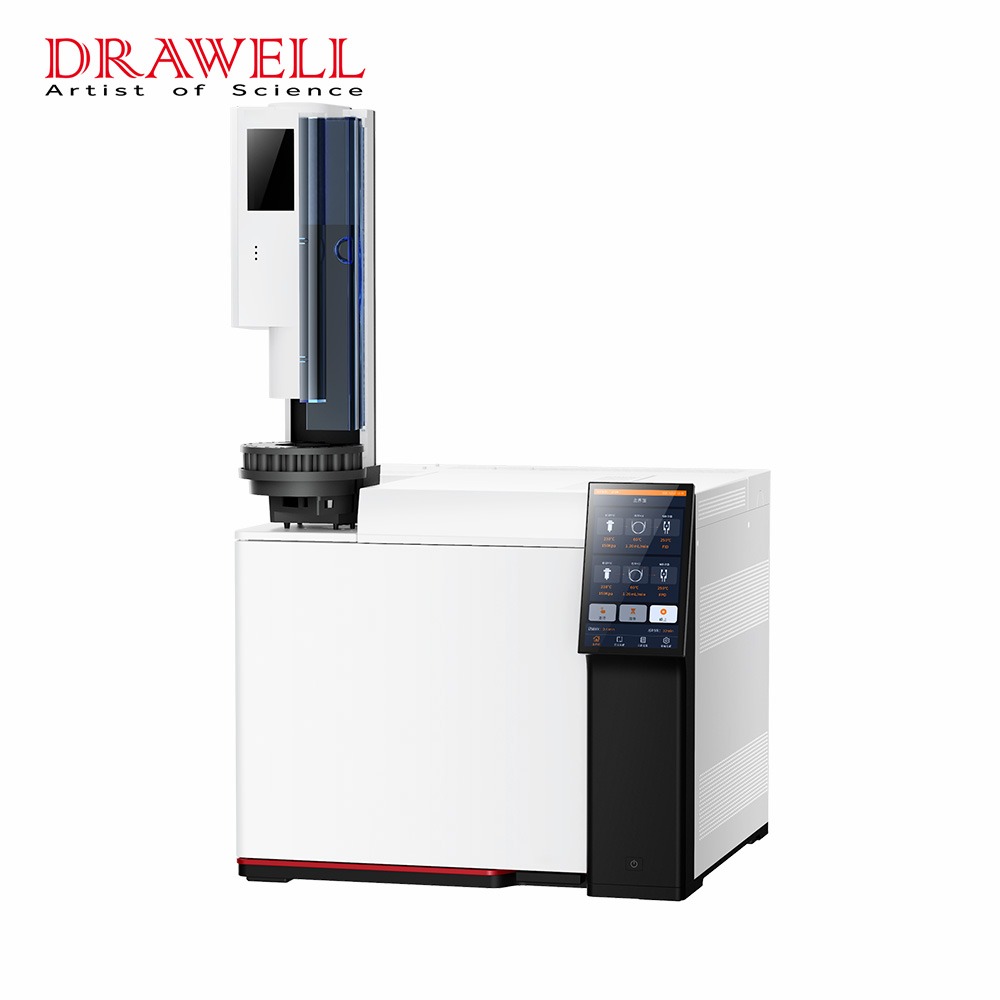Chromatography is a versatile analytical technique that is utilized in a wide range of scientific areas. By isolating and measuring individual components, it provides significant insights into the composition of complicated mixtures. Chromatography analysis can be divided into two categories that are unique but complementary: qualitative analysis and quantitative analysis. In this article, we will explore the principles, processes, applications and techniques of qualitative and quantitative analysis in chromatography.
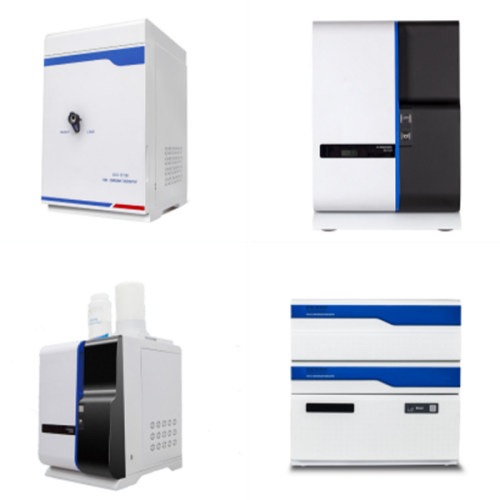
What are Qualitative and Quantitative Analysis in Chromatography?
Qualitative Analysis in Chromatography
The goal of qualitative analysis in chromatography is to identify the components present in a sample and understand their chemical composition. This process involves the following key steps:
- Sample Separation: The sample is put into the chromatograph and divided into its constituents based on their affinities for the stationary and mobile phases.
- Retention Time: Each component has a distinct retention time—the amount of time it takes to elute from the chromatographic column. Analysts can identify the chemicals present in a sample by comparing retention durations to recognized standards or databases.
- Spectral Detection: In some cases, detectors such as UV-Vis spectrophotometers, mass spectrometers, or infrared spectrometers are used to acquire spectra (absorbance, mass-to-charge ratio, or infrared spectra) that provide additional information about the compound’s identity.
- Qualitative Data Interpretation: Analysts use the collected data, including retention times, spectral information, and comparison with reference compounds, to identify and confirm the presence of specific compounds or classes of compounds in the sample.
Qualitative analysis can be used to discover contaminants in medications, detect environmental toxins, and characterize complicated combinations in natural product research.
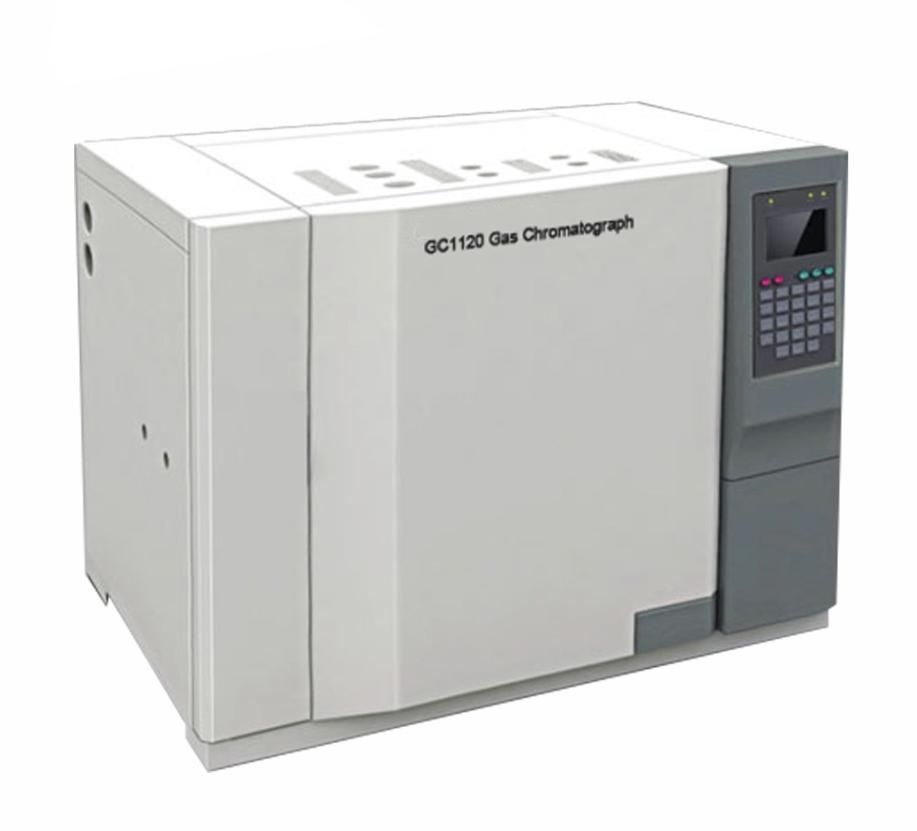
Quantitative Analysis in Chromatography
Quantitative analysis in chromatography goes beyond identification and aims to determine the concentration or amount of specific compounds within a sample. This involves the following essential steps:
- Calibration Curve: Using the same chromatographic conditions, a series of standard solutions with known concentrations of the target analyte are examined. The obtained data is used to build a calibration curve that connects analyte concentration to chromatographic response (e.g., peak area or peak height).
- Sample Analysis: The chromatograph is injected with the material of interest, and the chromatographic reaction is recorded. To determine the concentration of the target analyte in the sample, this response is compared to the calibration curve.
- Quality Control: Quality control techniques, such as replicate injections and standard addition processes, are used to assure the quantitative data’ accuracy and precision.
Quantitative analysis is crucial in various fields, including pharmaceutical quality control, environmental monitoring, food safety, and clinical diagnostics, where precise quantification of specific compounds is essential for decision-making and compliance with regulatory standards.
What are Key Techniques for Qualitative and Quantitative Analysis in Chromatography
1. High-Performance Liquid Chromatography (HPLC)
Qualitative Analysis: For qualitative analysis, High-performance liquid chromatography (HPLC) is frequently utilized. Under high pressure, it separates chemicals based on their interactions with a liquid stationary phase. Retention periods and spectrum data from UV-Vis or mass spectrometric detectors are compared to reference standards or spectral libraries to identify the eluting chemicals.
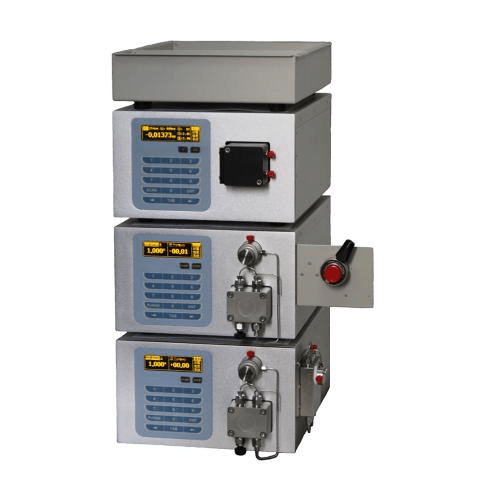
Quantitative Analysis: HPLC is very good in quantitative analysis. The technique enables reliable compound concentration measurement by constructing calibration curves that match known concentrations to chromatographic responses (e.g., peak areas or heights). These curves are used to determine the concentration of target substances in samples.
2. Gas Chromatography (GC)
Qualitative Analysis: Gas chromatography is primarily employed for qualitative analysis of volatile and semi-volatile compounds. It separates compounds based on their vaporization and interaction with a stationary phase inside a heated column. Compounds are identified based on their characteristic retention times and mass spectra, often compared to reference data.
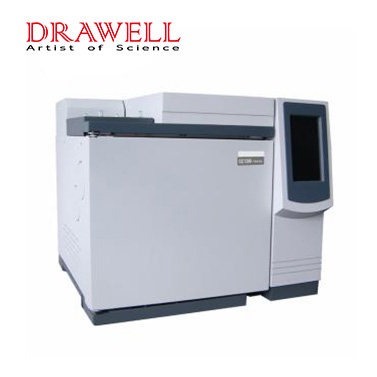
Quantitative Analysis: Gas chromatography (GC) is highly effective for quantitative analysis. Calibration curves, generated using known concentrations of standards, enable the quantification of compounds in samples based on their chromatographic responses. FID or MS detectors are commonly used for precise quantification.
3. Liquid Chromatography-Mass Spectrometry (LC-MS)
Qualitative Analysis: LC-MS is a very useful instrument for qualitative investigation. It combines liquid chromatography’s separation skills with mass spectrometry’s ability to deliver comprehensive structural information.
Quantitative Analysis: Liquid chromatography-mass spectrometry is ideally suited for quantitative analysis, particularly in complex matrices. It enables reliable measurement of substances by comparing their mass spectrometric data to calibration curves obtained from standards.
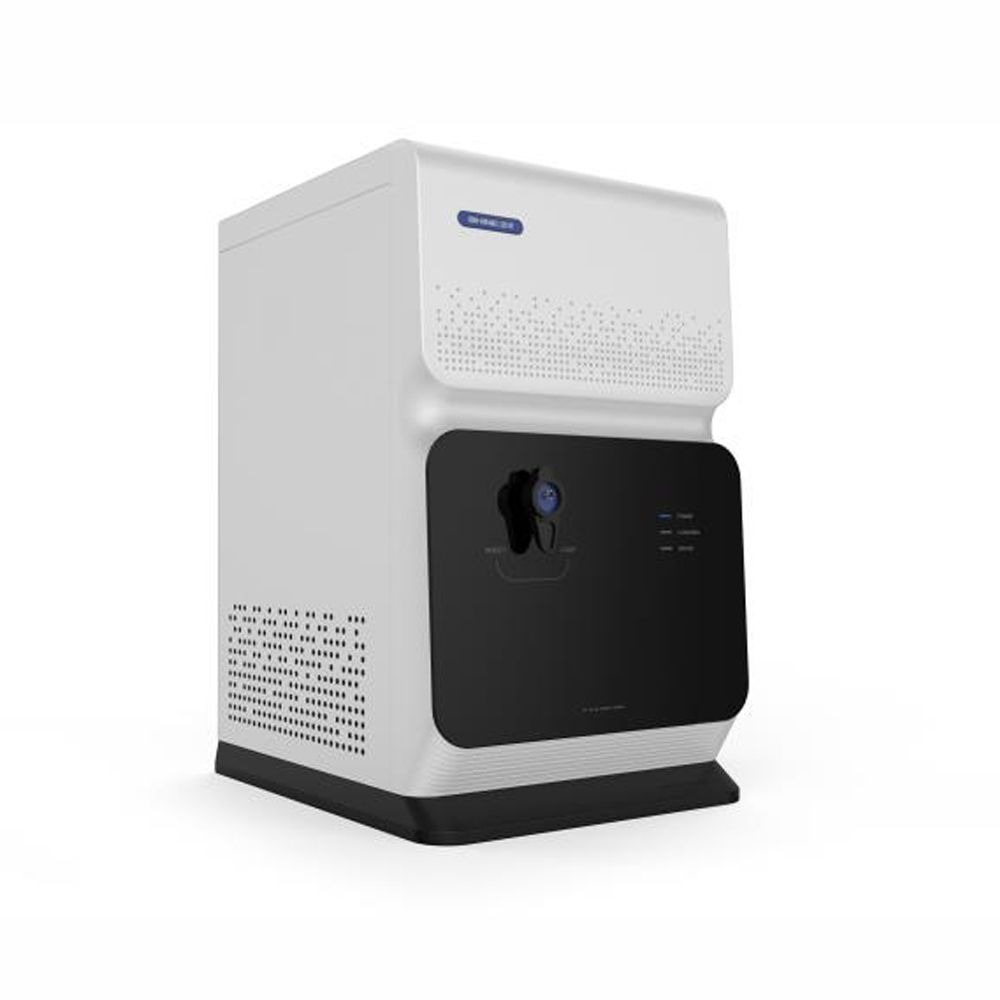
4. Thin-Layer Chromatography (TLC)
Qualitative Analysis: Thin-layer chromatography is frequently used for qualitative analysis. It separates substances on a thin layer of adsorbent material and visualizes them as dots. Compounds are recognized based on their Rf (retardation factor) values and appearance in certain regions when compared to reference compounds.
Quantitative Analysis: While TLC is primarily a qualitative technique, it can be adapted for semi-quantitative analysis by measuring spot intensities or comparing spot sizes. However, it is not as precise as HPLC or GC for quantitative work.
5. Supercritical Fluid Chromatography (SFC)
Qualitative Analysis: SFC is used for qualitative analysis, especially in the separation of chiral compounds. It employs supercritical carbon dioxide as the mobile phase and can separate compounds with similar structures based on their interaction with a chiral stationary phase.
Quantitative Analysis: When combined with the appropriate detectors, supercritical fluid chromatography can also be utilized for quantitative analysis. Calibration curves are created, and chemicals are measured based on detector responses.
Conclusion
Chromatography is an effective analytical technique that provides valuable qualitative and quantitative insights into complex mixtures. Qualitative analysis aids in the identification of substances, whereas quantitative analysis allows for the precise determination of their concentrations. These two methodologies are critical in a wide range of scientific and industrial applications, allowing researchers and analysts to get a greater understanding of material composition and quality, ultimately driving breakthroughs in numerous disciplines.

